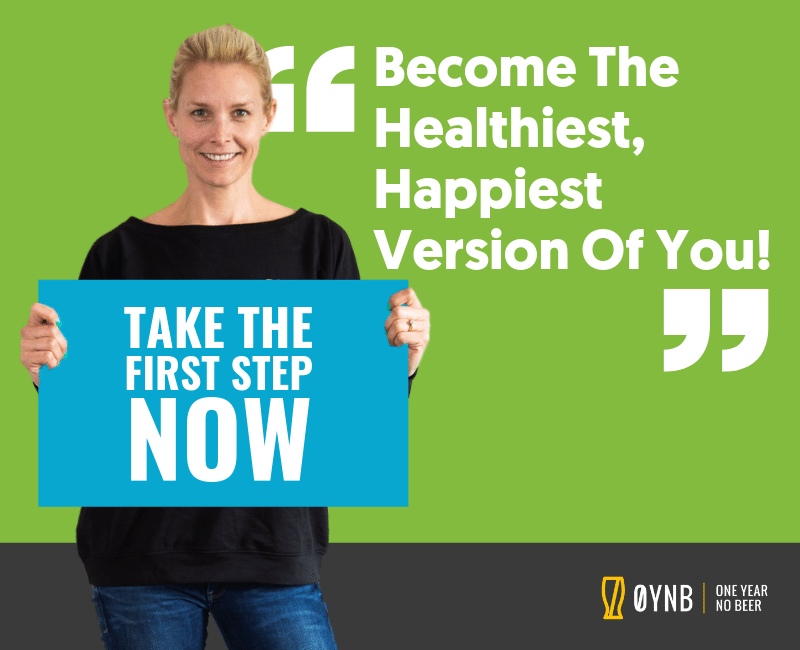Updated
Meditation can help us control our minds and allows us to turn off from stressors and negative thoughts which helps us to maintain a positive and rational mindset.
Learning how to utilise meditation can be beneficial for a number of reasons, including improving self-awareness, finding meaning, impulse control and stress management. It is a powerful tool that you can deploy in times of stress to elongate the gap between the stimulus (or stressor) and your response.
When we think of meditation, we might imagine sitting on the floor cross legged, eyes closed, with our hands in some kind of yogic mudra, and plinky-plonky music playing in the background while we peacefully relax. But the truth of it is, as many of us will discover, if we’re approaching meditation with this idealistic goal in mind from the get-go, we probably won’t achieve it, and end up having a bad experience which puts us off meditating again.
So, if you’ve meditated before and want to know if you’re doing it right, want some top tips, or, if you have never meditated before and want to create a great first experience meditating, join us with this how-to guide to beginner’s meditation…
So you are looking to start meditating?
Meditation allows you to look after your mental and physical health at the same time. Figuring out where to start? What to expect? How does it feel? And even what to wear? Are all perfectly normal questions. So we have put together a mediation for beginners guide to help you through your first experience with this wellbeing exercise.
Top tips for a positive meditation experience:
- Create the right environment
- Find the right posture
- Don’t add any unnecessary pressure on yourself
- Observe your thoughts rather than pushing to empty your mind
- Use visualisation techniques such as the thought train
Create the right environment
Studies have found that clutter can be extremely distracting. Equally, any noise, places with movement happening around you, or the potential for someone to come in and disturb or distract you can be off-putting, and make it difficult to meditate.
So, find yourself a quiet and peaceful space where you feel safe. Warmth is another element to consider – as many of us tend to drop in body temperature when we reduce body movement and sit or lie for a length of time. Make sure you give yourself as many blankets, socks or jumpers as you need. If sitting on a chair, a cushion under your feet can help keep your toes toasty!
Over time, you may be able to meditate in noisier places, or public spaces with more going on – it’s a great tool to have! But as a beginner, give yourself the best experience possible and find a peaceful place to practice. You could even take it a step further by creating a sacred space – light a candle, place a crystal or a small plant next to you, or even a photo of somewhere or someone you love.
Find the right posture for you

Equally, being too comfortable, say for example lying in bed, could mean that we drift off to sleep and miss out on the benefits of meditation. However, if your body and mind is desperate for sleep, then allow yourself to sleep! Meditation is not about punishment, and if the outcome of your meditation practice is that you become aware of a deep tiredness, then that is your meditation.
Otherwise, sitting on a chair with a straight back, feet resting on a pillow and a blanket over your legs is a great way to meditate. If you like the floor, and feel comfortable cross legged, great! Try adding a wall to rest your back on, lifting your bottom slightly onto a couple of cushions or a block to add comfort in the lower back and hips. Alternatively, if cross-legged hurts, try kneeling with a big cushion or bolster between your legs to rest your bum on, and your knees and ankles padded with a folded blanket.
Don’t put pressure on yourself
The first step to meditation is self-compassion. And that comes in two parts. Firstly, when you start meditating as a beginner, it can be easy to think you’re ‘not doing it right’. We then judge ourselves, maybe even start being mean or having negative thoughts towards ourselves, and our meditation can become a toxic place, rather than one of peace and compassion.
If you start judging, apply a balm of kindness to that thought. Secondly, with every thought that does come into your mind, apply self-compassion. Have compassion for yourself for even showing up and giving yourself the time to do this. Have compassion for any parts of your body which feel discomfort. Even just bringing your thoughts back to sending yourself compassion throughout your meditation, can be a perfect thing to use as a guide or an anchor to centre it around.
Remind yourself what meditation is NOT
Meditation is not being able to completely clear your head of thoughts or having an empty mind. If you’ve tried to do this before, you’ll probably have found that it’s near enough impossible to just click your fingers and expect yourself to ‘empty your mind’. Just as it is the heart’s job to beat, and the stomach’s job to digest your food, it is the mind’s job to think thoughts – that’s what it is there to do. So, take that self-compassion, and don’t ask this of yourself, for it is not the goal of meditation. The real goal of meditation is to separate yourself from your thoughts, through observing them…
Remember, you are not your mind
Think of yourself as sitting on a bridge, watching a cargo train chug by underneath you. Each carriage on the train is filled with a different thought in your mind – What’s for dinner? – What date is that deadline for again? – Must remember to pick up milk – I’m worried about x,y,z – and so on and so on. The thought train chugs by, just as the thoughts move through our mind. Through meditation, we become the person on the bridge, watching the thoughts go by. We watch them appear, notice and acknowledge them, and then watch them move on and disappear, as the next carriage, or the next thought comes along.
Now and then, we might realise that we’ve jumped into a carriage on our thought train, and become completely immersed in the thought, riding the thought train rather than observing it. But that’s ok! As soon as we realise, we can simply put ourselves back onto the bridge and begin to observe our thoughts again. This might happen again and again, and that’s fine. Each time, as soon as we realise, with compassion and without judgement, we simply put ourselves back on the bridge. And that’s all meditation is! Observation.
As we observe, our mind begins to slow, we detach from our thoughts and tap into ourselves on a deeper level. We begin to understand ourselves better. We learn to be kinder to ourselves, and realise that our thoughts are not our reality, they are just thoughts, and they are ever-changing.
You could try another type of meditation, using an anchor for that same observation. Often, we use the breath – putting all our awareness onto the inhale and the exhale. Now and then we will realise we have got caught up in a thought, but as soon as we realise, with compassion and without judgement, we bring our focus back to the breath. You could try this also with a positive or meaningful phrase, either repeating it silently in our heads, or chanting out loud.
What to wear
In short, wear whatever you like!
Just make sure that you are comfortable. We would suggest wearing something loose fitting or stretchy so you are free to focus on the meditation itself.
How long should I be mediating for?
Deciding how long to meditate for depends on your life circumstances: kids, work, how much time you can set aside and most importantly of all your preference.
With meditation frequency is king
As a beginner starting out, it’s recommended that you begin with a 10-minute session. You can always make the jump to 15 or 20 minutes the more familiar you become with training the mind.
For some first timers sitting in silence for 10 minutes is an overwhelming thought then there’s no harm in beginning with three- or five-minute guided meditations.
You might as well give it a shot and see how it feels and then build up as your confidence grows.
5 Reasons you should give meditation a try
When we meditate, we inject far-reaching and long-lasting benefits into our lives. And bonus: you don’t need any extra gear or an expensive membership, so this is an ideal activity to do during lockdown.
- Lower stress levels
- Improve mental focus
- Reduce brain fog
- Understand your triggers/pains
- Increase self connection
Over to you: Start meditating today
Now it's over to you. When we meditate, we inject far-reaching and long-lasting benefits into our lives:
- We lower our stress levels
- we get to know our pain
- we connect better
- we improve our focus
- and we're kinder to ourselves.
Hopefully out meditation for beginners guide will help you through your first few journeys of mediation as a beginner.
In this way, different kinds of meditation work for different people. But the key is about kindness and non-judgement, always. If you stick to that, you’ll set yourself up for a more positive experience every time, as well as cultivating great compassion and acceptance in your life for the longer term too.

An entrepreneur and former senior oil broker, Ruari gave up drinking after excessive consumption almost cost him his marriage, and worse, his life. Going alcohol-free improved his relationships, career and energy levels, leading to him founding OYNB to provide a support network for others.








